- Home
- Lab Supplies
- Water Testing Equipment Meters
.....Read More

Chemical Test Strips
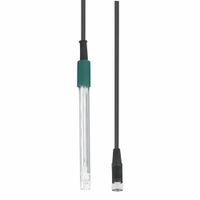
Electrodes & Probes
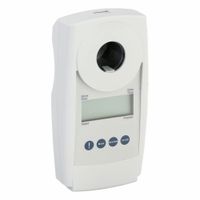
Lab Colorimeters

Lab Conductivity Meters

Lab Dissolved Oxygen Meters
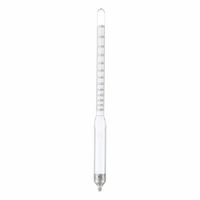
Lab Hydrometers

Lab Multi-Parameter Meters

Lab pH Meters
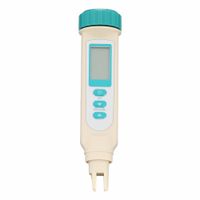
Lab Salinity Meters

Lab Turbidity Meters
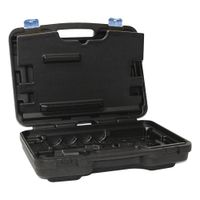
Lab Water Testing Meter Accessories
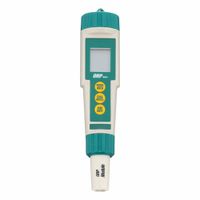
Oxygen Reduction Potential Meters

Secchi Discs & Accessories
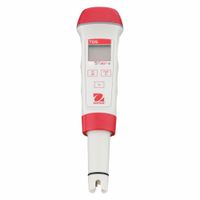
Total Dissolved Solids Meters

Water Flow Meters
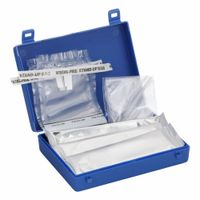
Water Quality Test Kits
Frequently Asked Questions
What is the best water testing kit for home use?
How do I test my water for contaminants?
What is the difference between pH and TDS meters?
How accurate are home water testing kits?
What contaminants should I test for in my drinking water?
How often should I test my water quality?
Can I test for bacteria in water at home?
What is the ideal pH level for drinking water?
How do I calibrate a TDS meter?
What are the common methods for testing water quality?